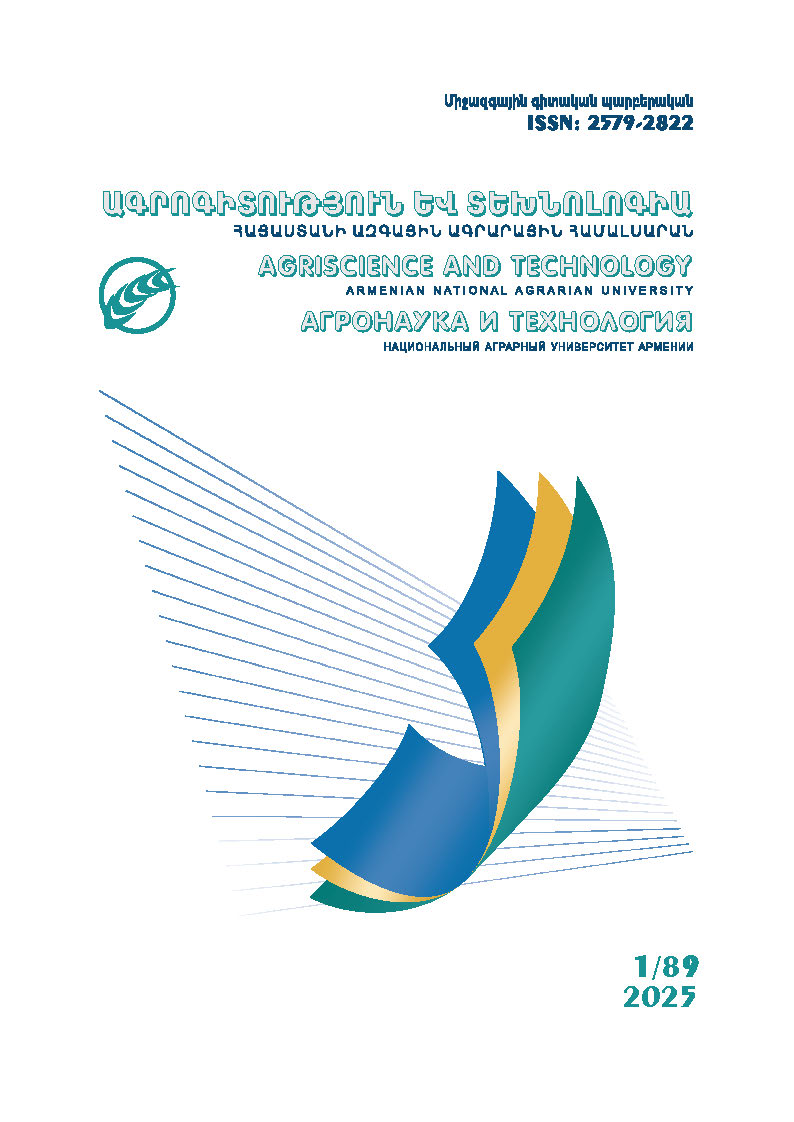Productivity and Structure of Grasses as Parameters for Assessing the Time of Mowing of Natural Hayfield
DOI:
https://doi.org/10.52276/25792822-2025.1-49Keywords:
aboveground biomass, canopy structure, harvest time, natural hayfield, meat productivityAbstract
Natural hayfields play an important role in sustainable agricultural development, providing high-quality forage for cattle and contributing to ecosystem balance. Proper timing and frequency of haymaking help preserve the reproductive potential of meadows while enhancing both the quantity and quality of forage. This article presents data on the amount of biomass harvested during the active growth period of plants in natural hayfields, with a focus on the proportion of major plant groups depending on site conditions and mowing periods. Field studies were conducted on hayfields at two experimental sites located at different elevations (700 and 950 meters above sea level) and with different expositions (north and east). The studies revealed that these hayfields had high yield potential, with an average biomass of about 380 g/m² at harvest time. The plant communities were dominated by valuable grasses (43 %) and legumes (33 %), with forbs (24 %) being less prevalent. However, the presence of weeds was relatively high. Land conditions, including elevation and exposition, had a negligible effect on overall yield. Nonetheless, a higher proportion of grasses was found at the higher elevation, while legumes were more common at lower elevations, especially in areas with northern exposition.
Downloads
Published
How to Cite
Issue
Section
License
Copyright (c) 2025 Anyuta Sargsyan, Bagrat Mezhunts, Inna Gharibyan, Tatevik Sargsyan

This work is licensed under a Creative Commons Attribution-NonCommercial 4.0 International License.
Creative Commons Attribution-Non-Commercial (CC BY-NC). CC BY-NC allows users to copy and distribute the article, provided this is not done for commercial purposes. The users may adapt – remix, transform, and build upon the material giving appropriate credit, providing a link to the license. The full details of the license are available at https://creativecommons.org/licenses/by-nc/4.0/.





